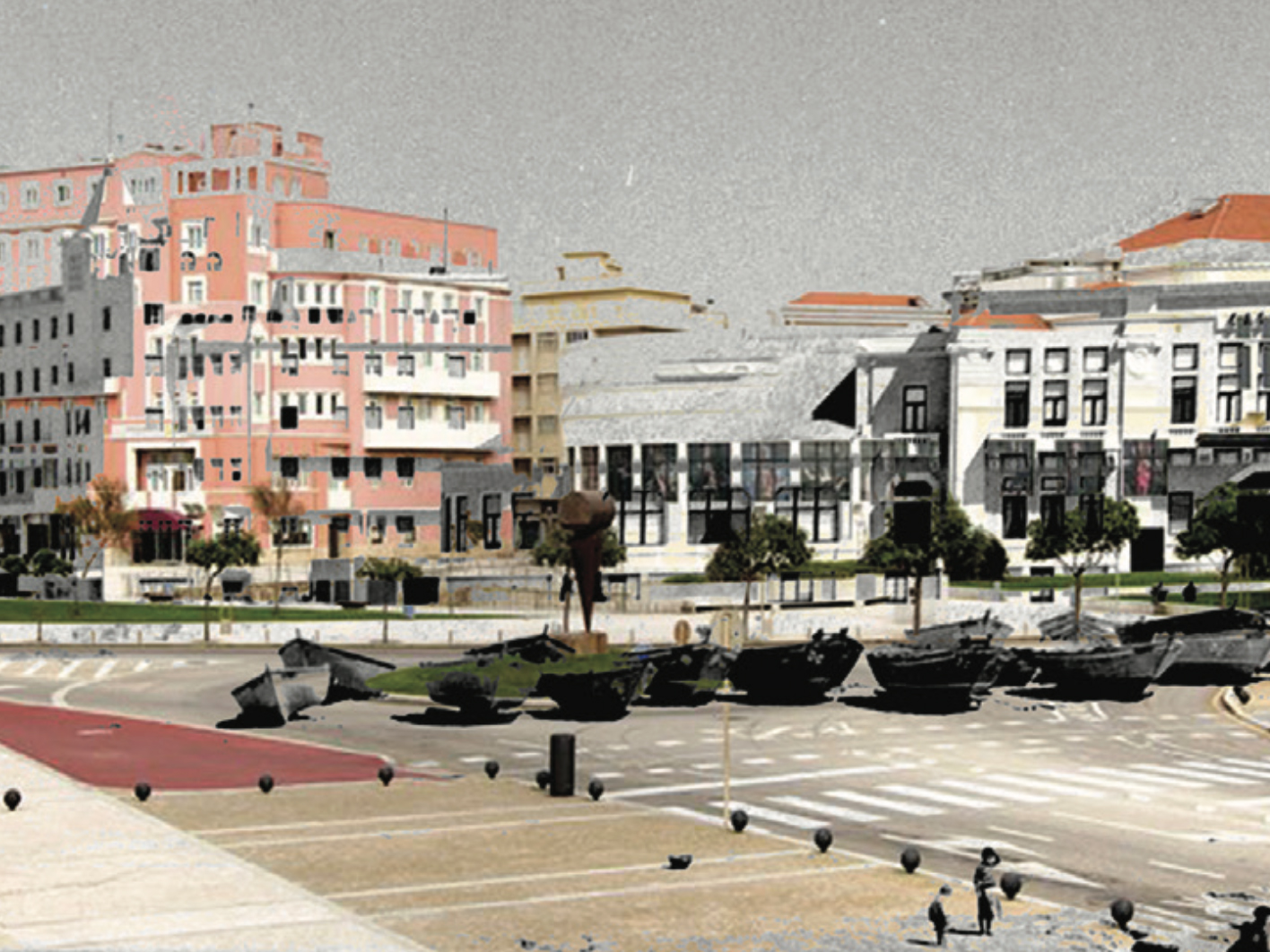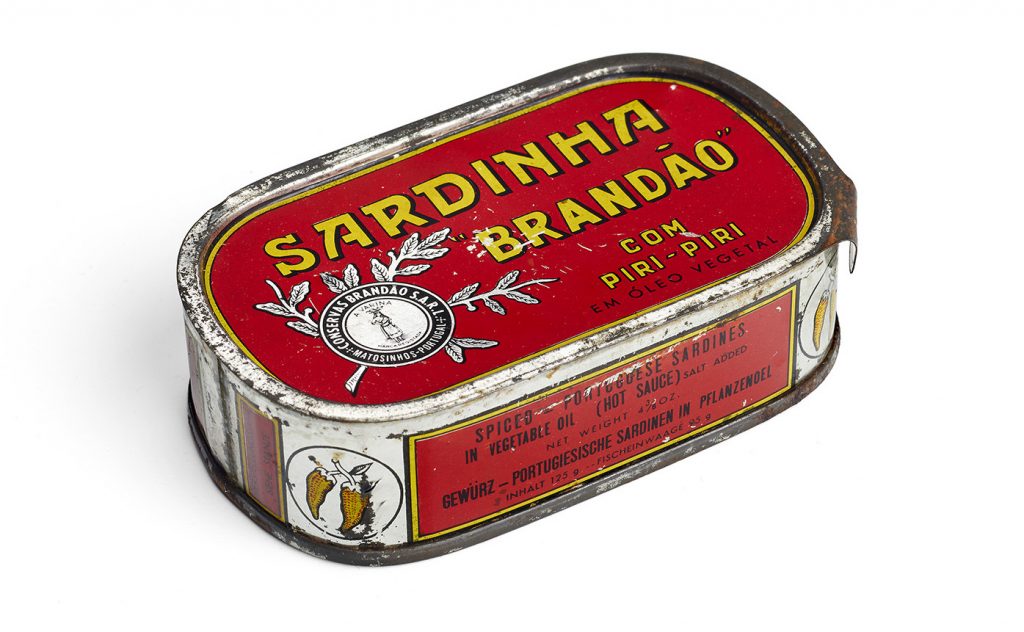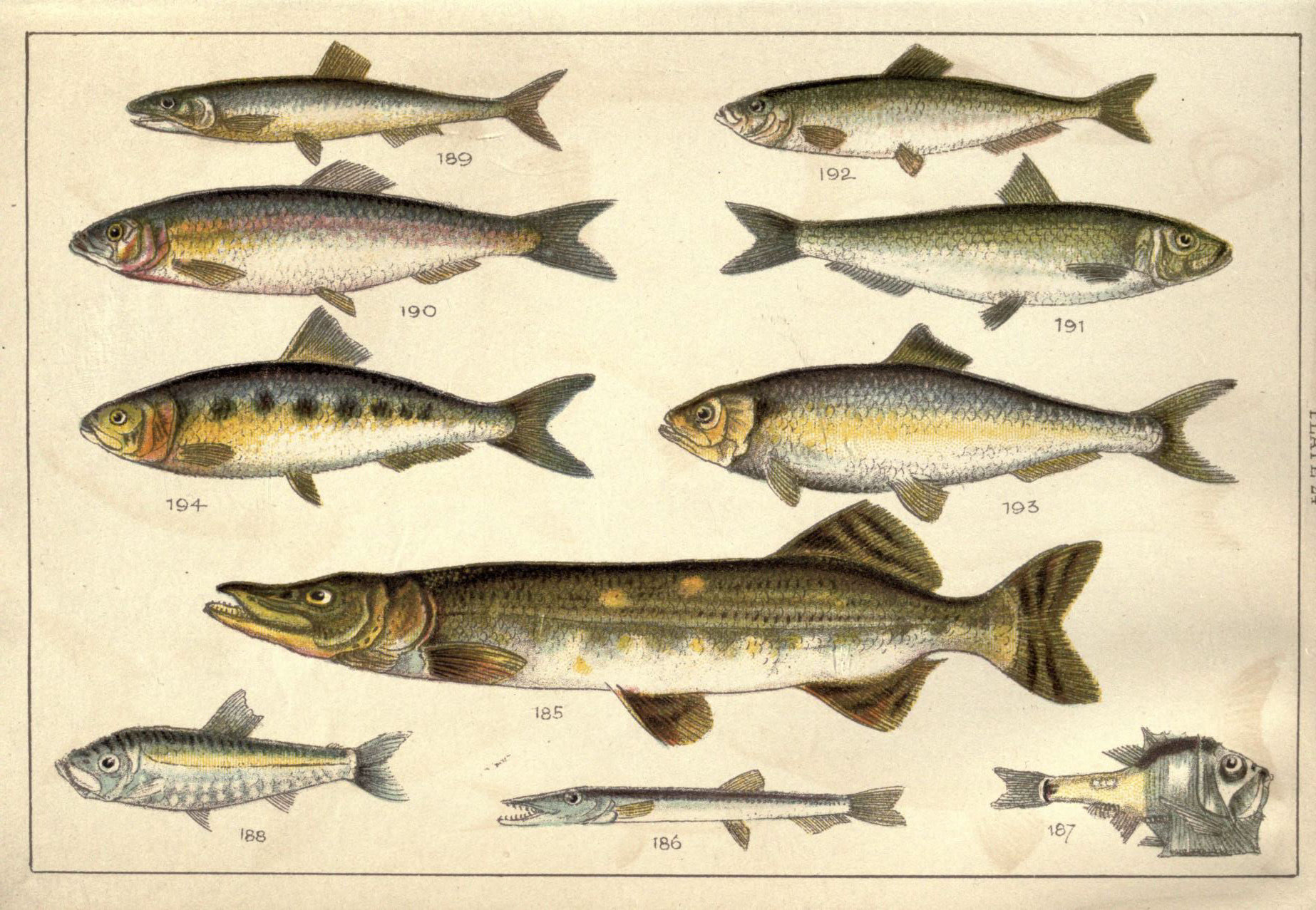Mapping the ‘Maritime Backyards’ of Póvoa de Varzim
The article 'Mapping the ‘Maritime Backyards’ of Póvoa de Varzim' by José Pedro Fernandes and Marta Labastida has been published at Spool magazine, in an number dedicated to 'Circular water stories' of the Landscape Metropolis series. The article is a synthesis of the research developed by Fernandes as his master's thesis on architecture at the School of Architecture of the University of Minho, supervised by Marta Labastida, within the context of the Fishing Architecture research group. Read below the abstract and click here to access the full article at Spool website.
The fishing community of Póvoa de Varzim
"In order to improve their professional activity, fishermen have developed special methods and procedures for organising the space of their maritime territory. This article presents some of these practices, based on the specific case of the fishing community of Póvoa de Varzim, a town on the north coast of Portugal. Over the years, each fishing family has developed mental maps of the “seas”, creating original names to identify certain places and their different characteristics, while simultaneously producing a remarkable intangible heritage. Together with the productive transformations that were characteristic of industrialisation, traditional fishing methods have also gradually changed, incorporating the use of electronic navigation devices and other mechanisms for the detection of marine resources. In this way, the sea has begun to be mapped digitally through a system of “maritime backyards” that divide the space according to the fishing gear used. The aim of this work is to map and compare the maritime space produced by traditional fishing methods and by the contemporary system of “maritime backyards”, giving visibility to practices and territories that are normally absent from the representations of places."
Click here to read the full article.


